Scott #36 is a 12-cent United States postage stamp that stands as a pivotal piece in the mid-19th-century stamp series. It shares the same design as Scott #17 but is notable for its perforations. This stamp is essential for understanding the evolution of stamp design and usage during this era.
Design & Print
The portrait on this stamp is derived from Durand’s engraving, resulting in a more clearly defined portrayal compared to the 10-cent stamp, which more closely follows the original painting by Gilbert Stuart, capturing Washington’s ‘wood teeth’ smile.
Scott #36 features Washington in a three-quarters face, looking to the left, set on an oval disk with a dark ground and a fine shaded line border. Above the medallion, the words “U.S. Postage” appear in white shaded capitals, and below, “Twelve Cents” is similarly styled. The stamp’s design is further enhanced by a beautifully tessellated frame, a fine double-lined rectangle, and lathe-work rosettes at each corner. The stamp’s black color and the more defined features of Washington’s portrait set Scott #36 apart from the 10¢ depiction.
Postal Usage
Scott #36 was commonly used for mail to Great Britain, often as a pair, to cover double rate domestic mail over 3,000 miles or quadruple rate mail under 3,000 miles. This usage underscores the stamp’s importance in international correspondence, particularly during a time when transatlantic communication was vital.
Identification
Scott #36 comes exclusively from Plate 1, and can be identified by a continuous solid frame line around the stamp, whereas Scott #36B comes from plate 3 and has several breaks in the frame line. The presence of perforations further distinguishes Scott #36 from the imperforate Scott #17. These design elements, coupled with the stamp’s color and historical usage, make Scott #36 a significant and identifiable stamp in American philately.
Scott #36, with its detailed design and practical application in postal services, is an important component of U.S. postal history. Its portrayal of George Washington, design intricacies, and role in facilitating long-distance and international mail underscore its value in the narrative of American philately. Understanding the nuances of Scott #36’s design, postal usage, and identification provides a comprehensive view of its place in American postal history and collection

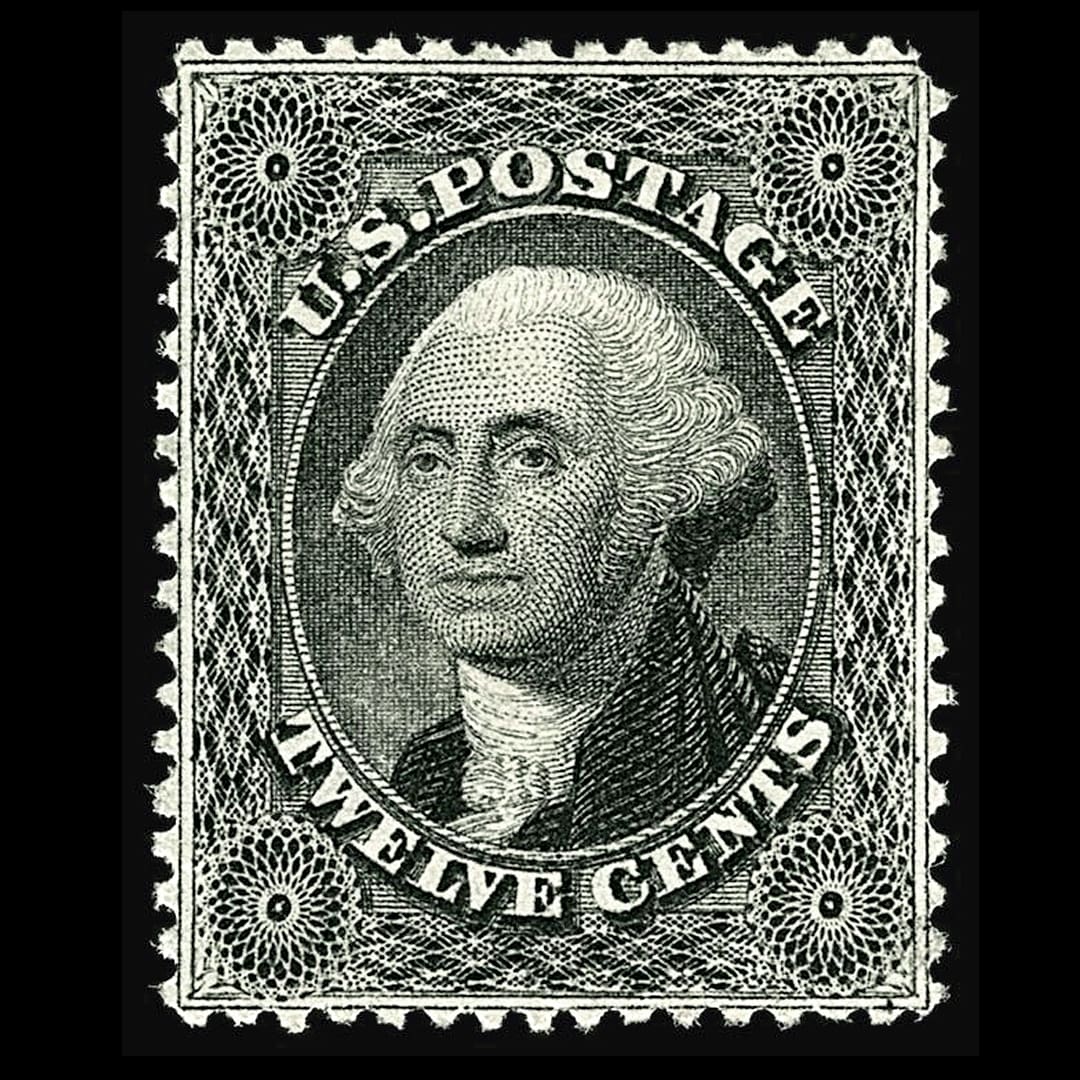

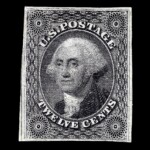
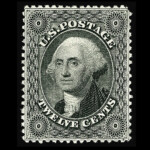
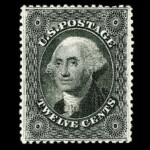
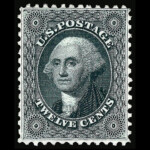
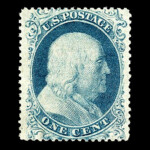
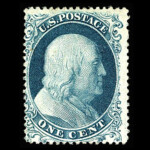
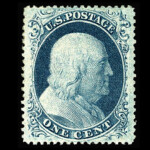
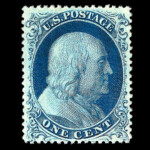
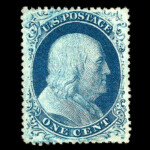
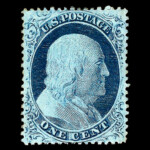
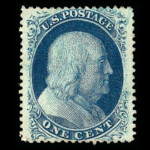
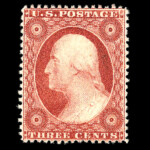
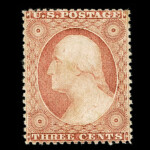
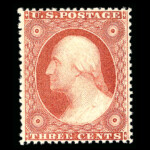
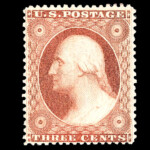
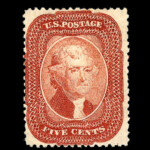
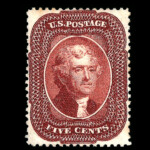
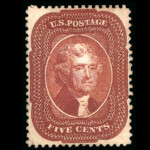
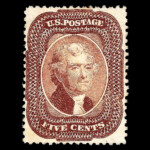
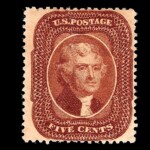
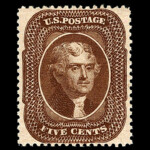
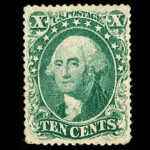
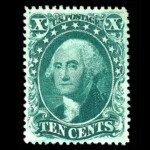
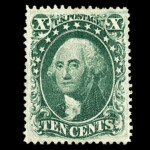
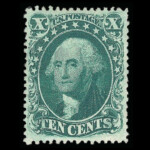
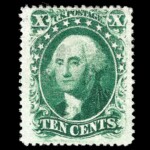
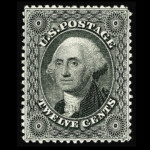
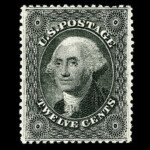

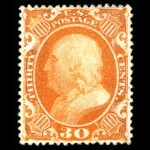
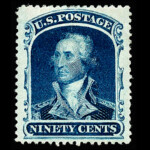




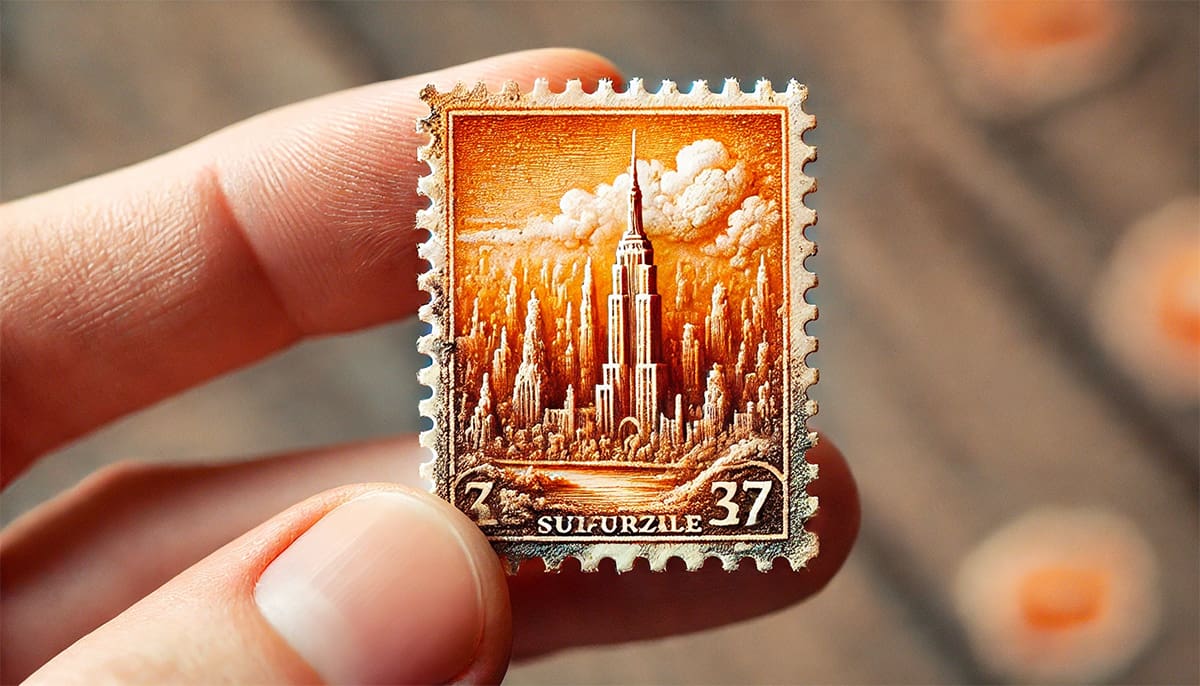




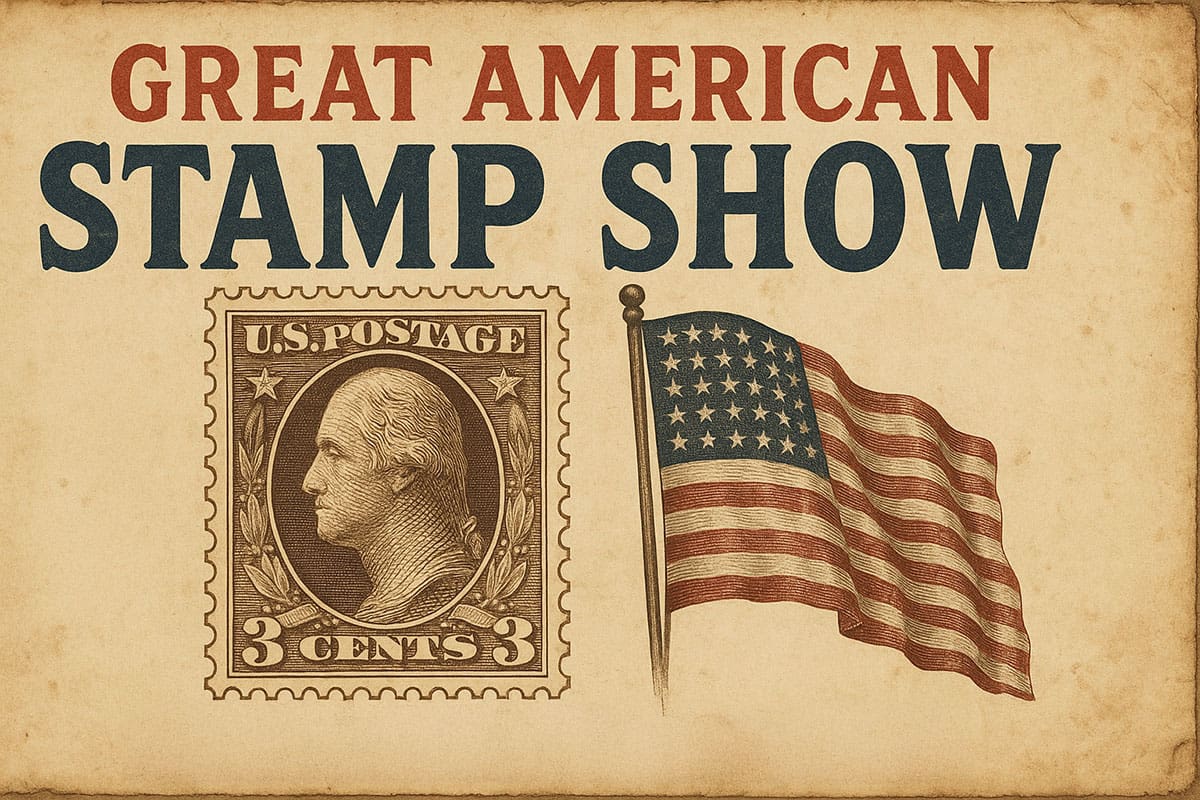


Ask A Question Or Leave A Comment